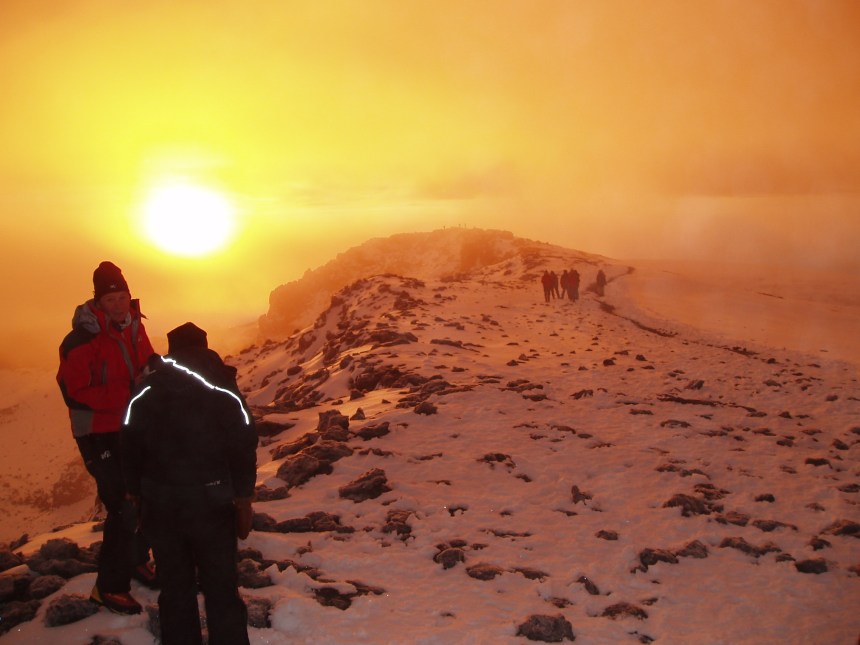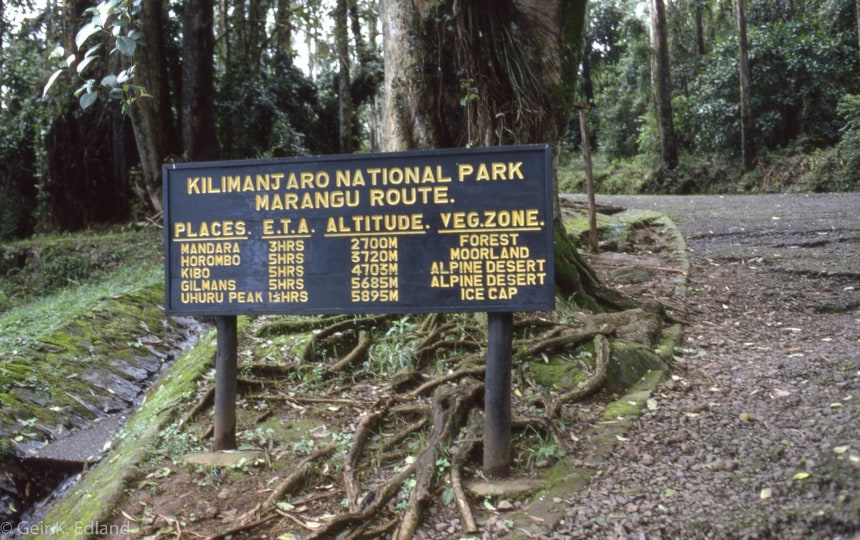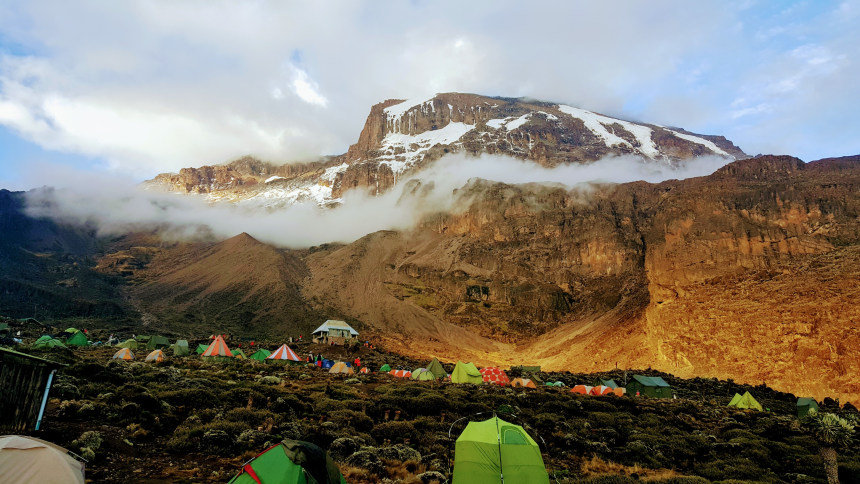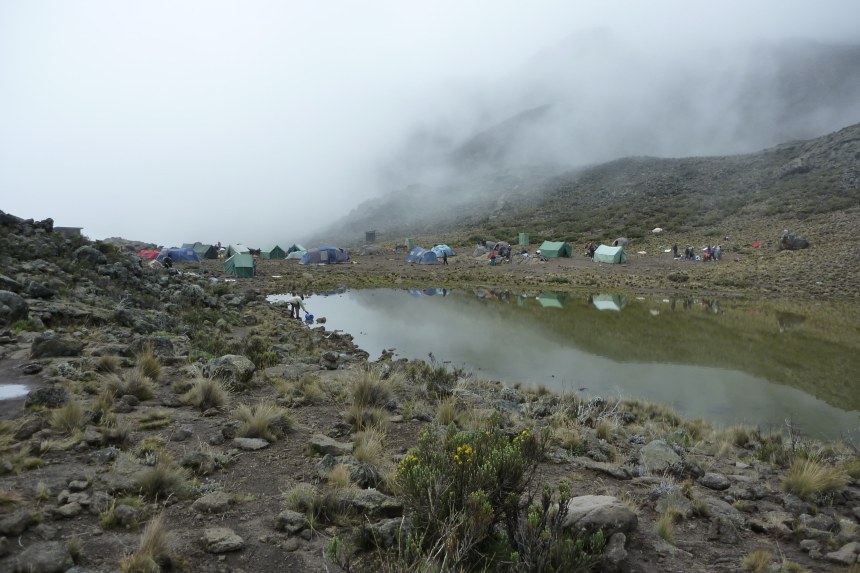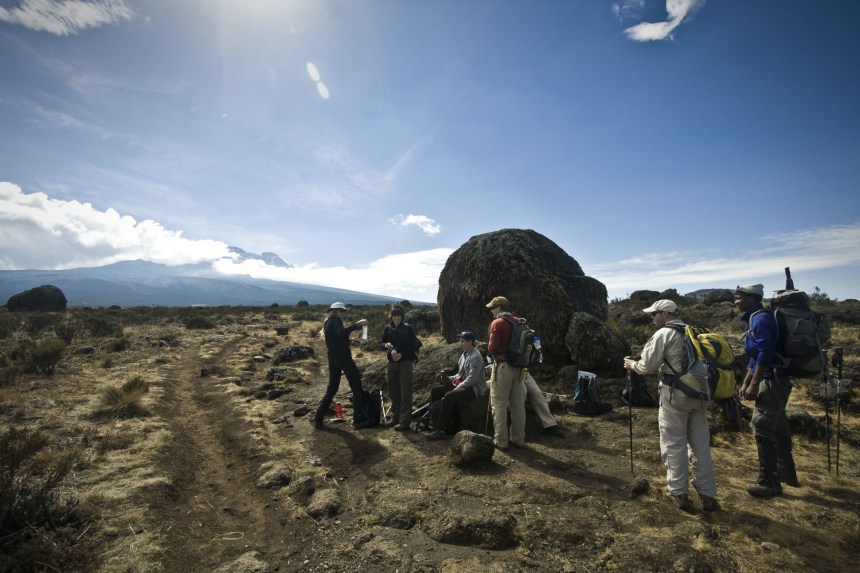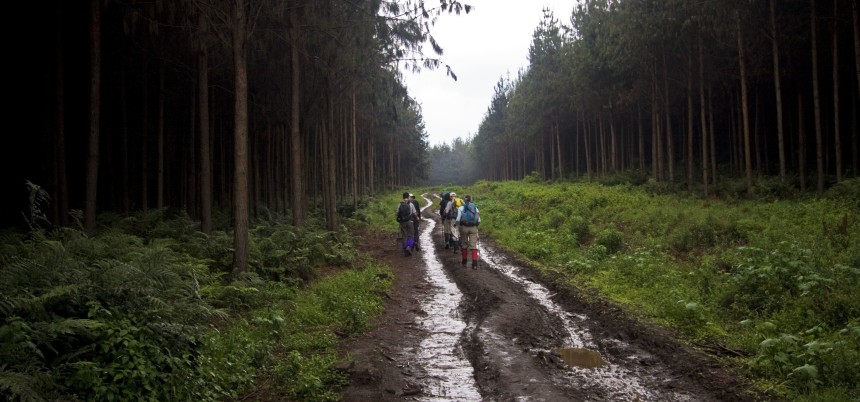| 6 mins read
By Jordan Higgins
Deep in the heart of the African continent, Mount Kilimanjaro rises 5895 m above the vibrant grasslands of Tanzania. Reaching Uhuru Peak has long been a chief point on many travellers’ bucket list. In contrast to most other peaks of this height, the difficulty of climbing Kilimanjaro is quite low. However, Kilimanjaro trekking still involves lots of preparation.From finances to choosing a guide, here is all the information you will need to reach the summit of Africa’s highest peak successfully.
When to Go
Kilimanjaro experiences two main trekking seasons: January to March and June to October. Both seasons have positive and negative sides which you should consider before locking down the dates.
January - March is the colder season, where trekkers are more likely to encounter deep snow. Although these wintry conditions make the journey more strenuous, they also keep the trails quieter. If you want to immerse yourself in the pure wildness of the climb, this New Year slot is ideal. The June - October season is warmer - however, it coincides with European and American summer holidays, meaning more tourists embark on the journey and the trails can be quite busy. March, April, and December are the wettest months, making the summit trek even more challenging.
No matter what time of the year you choose to climb, local Kilimanjaro climbing guides can ensure a hassle-free summit.
What to Bring
Packing lists for Kilimanjaro treks vary depending on season and timeframes. However, the following offers a foundation to build on. A lot of this kit will be available to purchase or rent in the town of Moshi.
Clothing
Durable hiking pants (nylon or similar materials)
Comfortable, fast-drying shirts (Polyester or similar)
Broken-in, waterproof hiking boots with strong ankle support
Thermal undershirts and long johns
A warm fleece or down jacket
Waterproof jacket and pants
A warm hat
A peaked cap to block the sun
Gloves
Extras
A head torch
A winter sleeping bag
A sleeping bag liner
Walking sticks
A light microfiber towel
Sunglasses
Water bottle
Most importantly, be sure to pack all necessary paperwork such as passports, visas, and insurance documents.
Arrival
Kilimanjaro Airport lies approximately 45 km from Moshi and Arusha - the two nearest towns to the mountain. If you are trekking with an organised Kilimanjaro tour, they often include airport pick-up in their package. Otherwise, there are multiple companies running shuttle buses between the airport and the two cities. These buses typically cost $15 each way.
Guides and Porters
Everyone trekking Kilimanjaro is required to bring a qualified guide and porter along, both registered with the Kilimanjaro National Parks Board. If you are arranging the trek through a local tour agency (which can be booked online), they will organise your guides and porters for you. These tours usually last between 4 and 11 days, depending on the length of your stay, size of your group, and preferred route.
If you organise the trek independently, it is advised that one trekker is accompanied by three or four support staff. Trekkers need one local guide to satisfy the national park’s regulations. The remaining support staff will be porters and cooks. They will take care of you along the way, carrying your equipment, pitching tents, and cooking. Regulations state that porters cannot carry more than 15 kg each, including their own equipment and food, so consider this while packing. Kilimanjaro guides receive between $20 and $25 per day. Cooks get $15 per day, and porters are paid $10 per day. Additionally, it is expected that trekkers tip their porters between $5.50 and $11.50 per day.
Most guides and porters are local Tanzanian men who have lived in the area for their entire lives. Be sure to ask them about the region and to share their local knowledge.
Routes to the Summit
There are six routes to Uhuru Peak, each with varying length, difficulty levels, and available facilities.
1. The Marangu Route
The Marangu Route is the most luxurious, with sleeping huts for trekkers. The route is comparatively easy and cheap, as you do not need camping equipment). The gradient is gradual, and the trek takes between 5 and 7 days. However, tourists often underestimate the difficulty of this route, and as a result, only 30% of trekkers reach the summit.
2. The Machame Route
This route is a more difficult climb, although the success rate is close to 60%. Most trekkers complete this route in 7 days. Machame is not technically challenging, but it is strenuous, with steep gradients. This option is the most popular of all six and is known to have some of the best views.
3. The Rongai Route
This route is a favourite amongst those looking for a slightly easier climb. It usually takes 6 days but is somewhat more expensive as you must approach the mountain from the north, meaning extra transport is required. Rongai has a success rate of over 80%, and the gradient is mellow.
4. The Shira Route
This route begins in the west of the mountain and joins the Machame.
The trail starts with a long walk along roads. It is possible to drive to the 3500 m point instead, although this usually induces altitude sickness. The route is more expensive than the others and takes up to 9 days.
5. The Lemosho Route
This trail also begins on the west and joins the Machame. The main difference, however, is that the Lemosho cuts through remote and beautiful rainforests. The trek usually takes 8 days and avoids tourist traffic. This trek is arduous but organised by premium mountaineering guides only, meaning success rates are high.
6. The Umbwe Route
This route is not particularly technical but very steep and strenuous. Trekkers often use tree roots as footholds and handgrips. This climb is the most difficult and not advised for the inexperienced.
Climbing Kilimanjaro is undoubtedly a challenge. Between altitude sickness, cold weather, and steep gradients, many trekkers struggle. However, with the choice of routes and registered Kilimanjaro tour guides, the trek is becoming more accessible to everyone.
Do not underestimate the mountain, but with adequate physical and mental preparation, you will be able to cross this monumental achievement off your bucket list!
Jordan is a student journalist and avid traveller. He has a strong interest in Asian countries but will never say no to a European excursion. He is particularly fond of (although not very good at) trying new outdoor activities and adventure sports.
Image details and licenses: https://flic.kr/p/YxkD8v (Geir K. Edland, CC BY-NC-ND 2.0), https://flic.kr/p/9yRA5G (ActiveSteve, CC BY-ND 2.0), https://flic.kr/p/95dT23 (Mouser Williams, CC BY-NC-ND 2.0), https://flic.kr/p/94wh9t (Mouser Williams, CC BY-NC-ND 2.0), https://flic.kr/p/5nBHV (Gerald Davison, CC BY-NC-ND 2.0)


